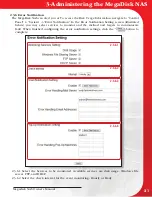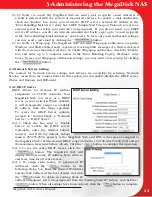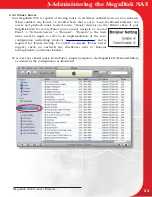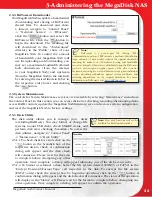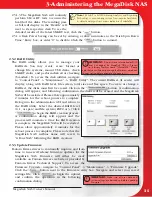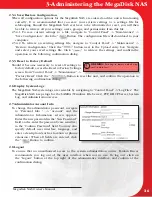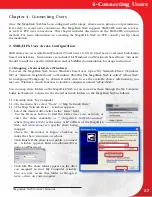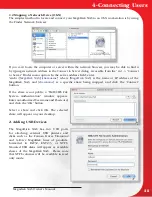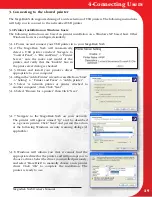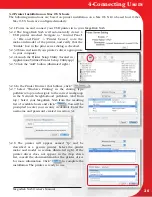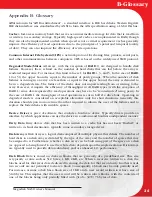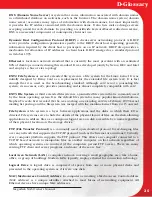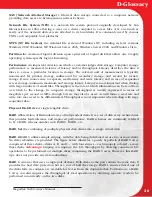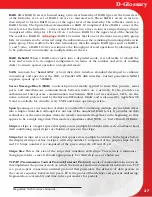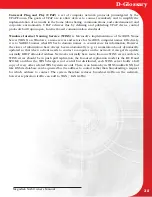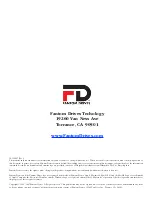
Megadisk NAS Owner’s Manual
35
DNS (Domain Name Server)
A system that stores information associated with domain names
in a distributed database on networks, such as the Internet. The domain name system (domain
name server) associates many types of information with domain names, but most importantly,
it provides the IP address associated with the domain name. It also lists mail exchange servers
accepting e-mail for each domain. In providing a worldwide keyword-based redirection service,
DNS is an essential component of contemporary Internet use.
Dynamic Host Configuration Protocol (DHCP)
a client-server networking protocol. A DHCP
server provides configuration parameters specific to the DHCP client host requesting, generally,
information required by the client host to participate on an IP network. DHCP also provides a
mechanism for allocation of IP addresses to client hosts. DHCP emerged as a standard protocol
in October 1993.
Ethernet
A local-area network standard that is currently the most prevalent with an estimated
80% of desktops connected using this standard. It was developed jointly by Xerox, DEC and Intel
and employs a bus or star topology.
EXT2 File System
or second extended file system is a file system for the Linux kernel. It was
initially designed by Rémy Card as a replacement for the extended file system (ext). It is fast
enough that it is used as the benchmarking standard. Although ext2 is not a journaling file
system, its successor, ext3, provides journaling and is almost completely compatible with ext2.
EXT3 File System
or third extended filesystem is a journalled file system that is commonly used
by the Linux operating system. It is the default file system for many popular Linux distributions.
Stephen Tweedie first revealed that he was working on extending ext2 in a February 1999 kernel
mailing list posting and the filesystem was merged with the mainline kernel from 2.4.15 onward.
File System
A file system is a layer between applications and the disks to which their I/O is
directed. File systems serve to hide the details of the physical layout of files on the disk, allowing
applications to address files as a contiguous logical area on disk accessible by a name regardless
of their physical location on the storage device.
FTP (File Transfer Protocol)
is a commonly used, open standard protocol for exchanging files
over any network that supports the TCP/IP protocol (such as the Internet or an intranet). Virtually
every computer platform supports the FTP protocol. This allows any computer connected to a
TCP/IP based network to manipulate files on another computer on that network regardless of
which operating systems are involved (if the computers permit FTP access.) There are many
existing FTP client and server programs, and many of these are free.
Local Area Network (LAN)
a computer network covering a small geographic area, like a home,
office, or group of buildings. Modern LANs typically employ ethernet for connection technology.
Logical Drive
A logical drive is comprised of spaces from one or more physical disks and
presented to the operating system as if it were one disk.
MAC (Media Access Control) Address
In computer networking a Media Access Control address
(MAC address) is a unique identifier attached to most forms of networking equipment. All
Ethernet devices have unique MAC addresses.
D-Glossary

